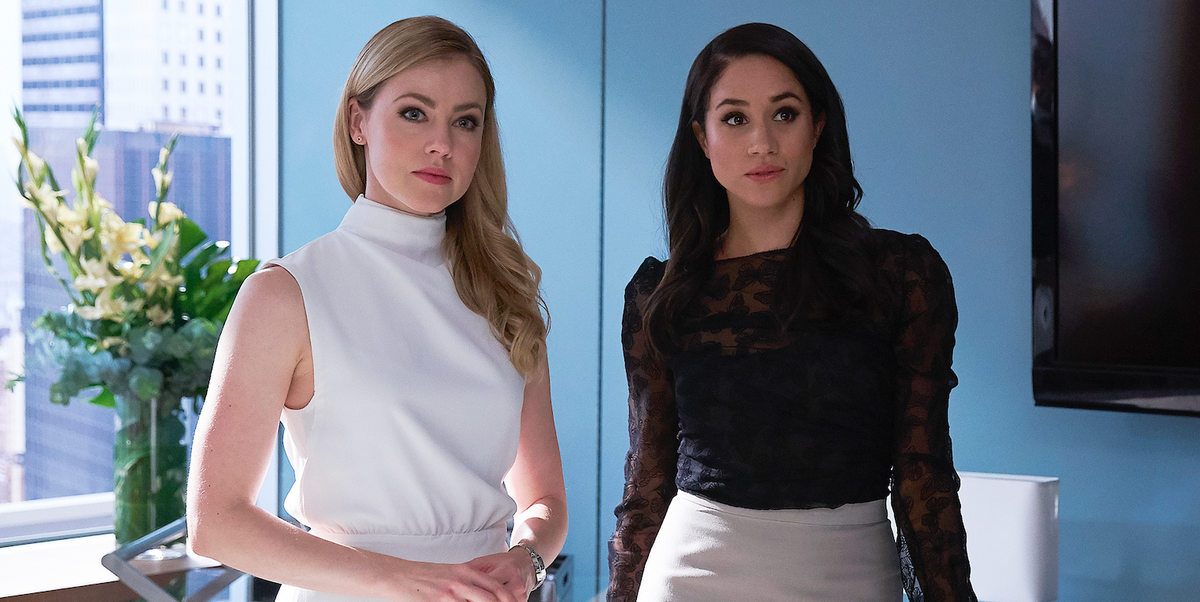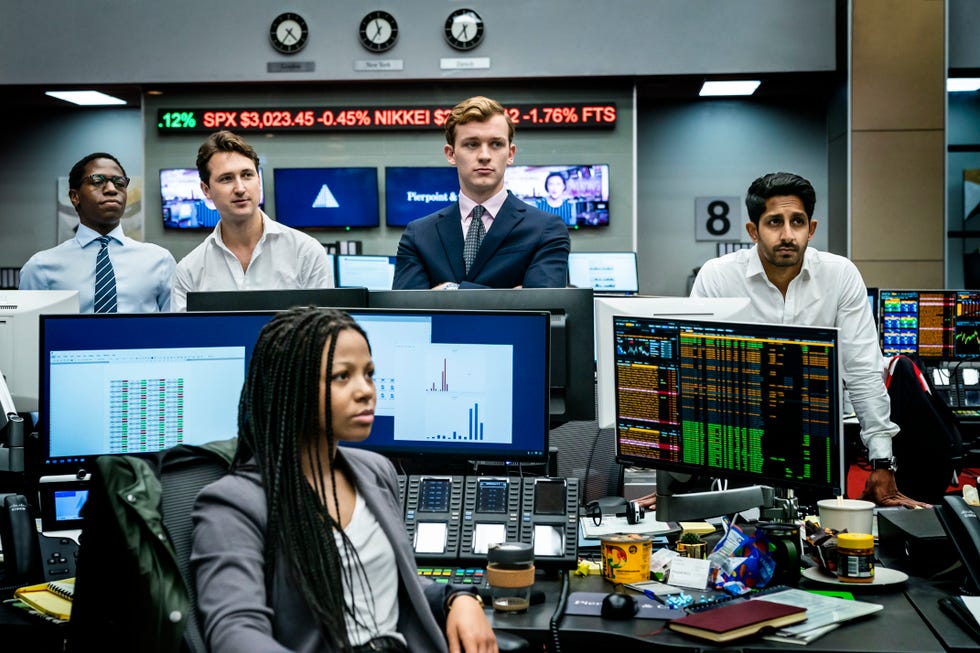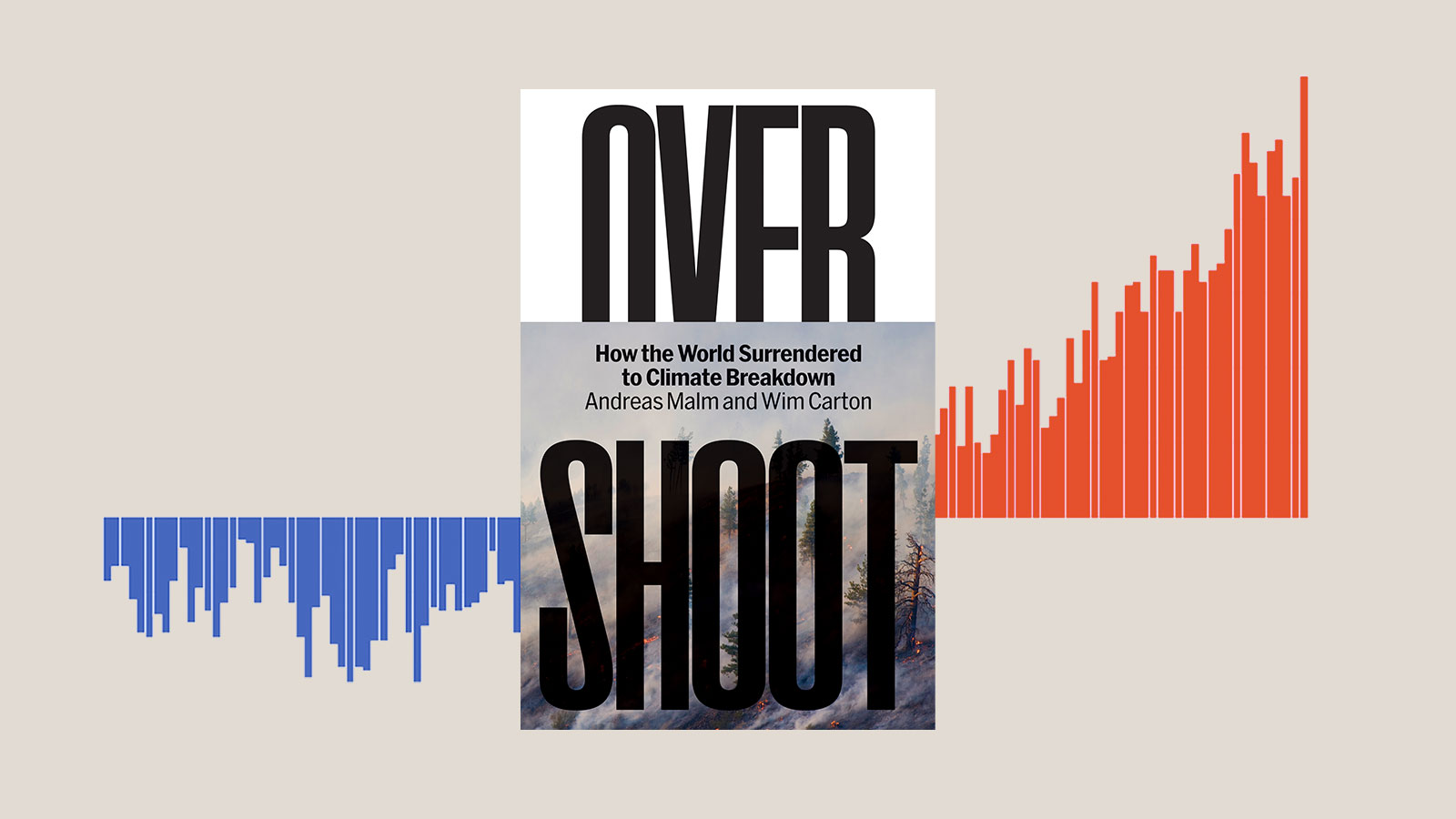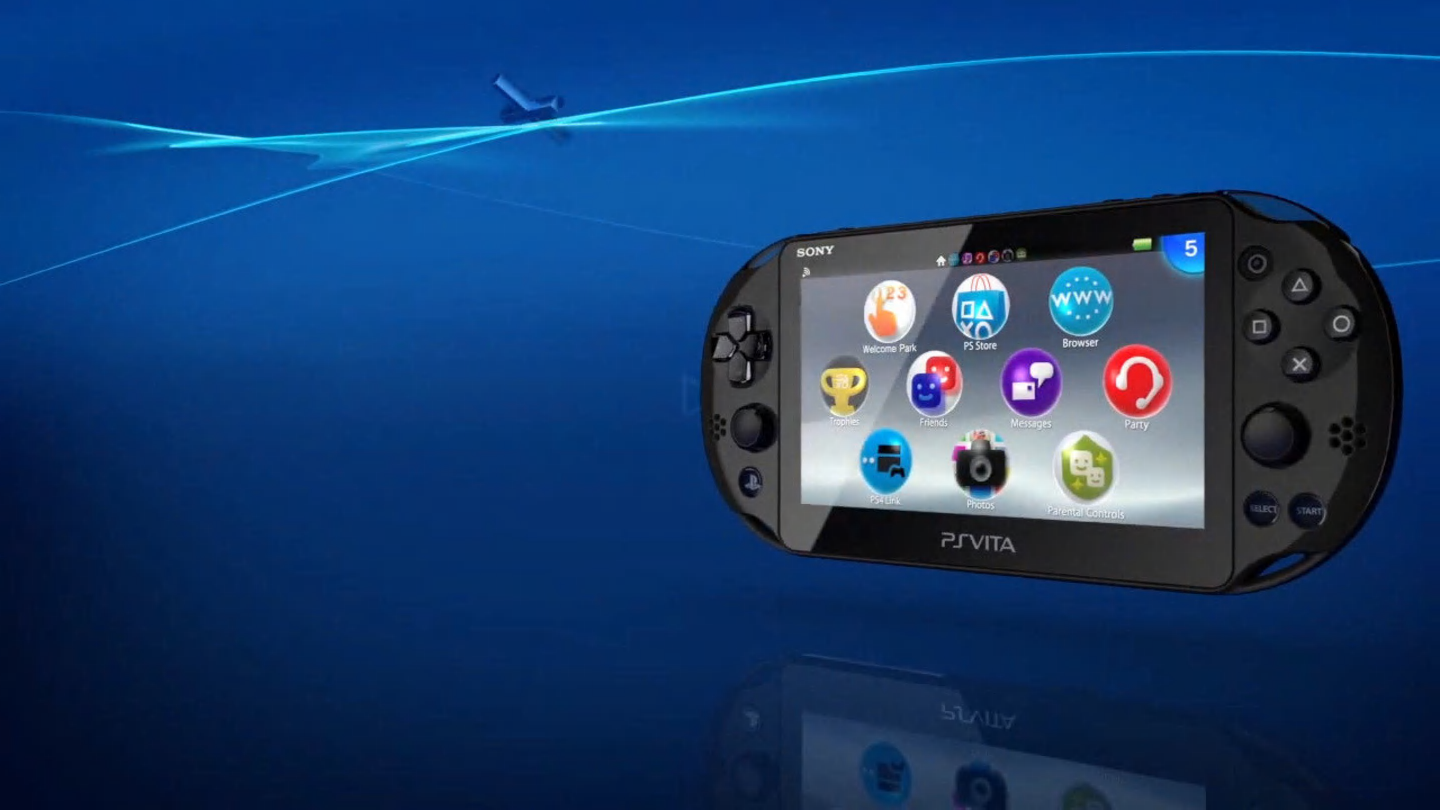Fashion
From smart casual to sweatpants: how workwear style has changed

Watching a pre-2020 workplace TV show, such as The Office or Suits, is almost akin to watching a period piece. The men avoid colour, wearing black, navy or grey tailoring with matching ties. Women opt for prim blouses or peplum tops, typically paired with a fitted pencil skirt and high-heeled pumps, enhancing their feminine silhouettes. It wasn’t too long ago, but they seem like relics from a different world; a far cry from what we saw when Covid hit us. For many of us, that era of five days a week in the office was over. Now, four years on, while life has mostly returned to pre-pandemic levels, we’re yet to see a return to what was once traditional office attire. So much so, the men’s suit is no longer being used to measure the annual inflation rate by the Office of National Statistics, with a spokesperson for the brand explaining “demand for more formal clothing has decreased”.
It’s not surprising that the shift towards remote working, and our overall changes in social habits, led to a decline in interest for more formal attire. However, we were already seeing more of a shift away from formal business attire in run-up to Covid, explains Alison Lowe MBE, fashion consultant and course leader of MBA Fashion Entrepreneurship at the University of East London.
“We were starting to see office style responding to broader cultural shifts,” she explains to Harper’s Bazaar. “There was a move from dress-down Friday to some more casual pieces being introduced into everyday work attire – including more relaxed trousers and black jeans, t-shirts with suits, and casual jackets. There was a move in the trends as well towards mixing high-end designer pieces with more affordable, fast-fashion items.
“The growth of brands such as Everlane and Uniqlo introduced a more minimalist trend in officewear with professional workers choosing clean lines in muted monochrome palettes to give a more versatile and timeless working wardrobe.”
Unsurprisingly, there was a distinct shift more towards comfortable, slouchy clothing when lockdown hit. A report by Forbes at the time saw a 143% increase in sales of pyjamas in the first few months of lockdown, which was accompanied by a 13% decline in sales of bras. Amusingly, sales of trousers also decreased, while sales of tops increased; titled ‘the Zoom shirt’, it was a slightly more formal top those working from home could quickly button ahead of on-camera meetings to present a more respectful, professional image. It was something many of us were guilty of; a poll by LinkedIn in 2020 found that 42% of workers owned a ‘Zoom shirt‘.
While restrictions over work and travelling begin to lift in the latter half of 2021, our working habits did not quite revert back to ‘the old normal’. Hybrid working, for many of us, was here to stay; a survey by the Office of National Statistics conducted in 2023 found that 44% of workers now hybrid work, splitting time between the office and working from home.
The penchant for comfort we picked up while working from home has accompanied us in our commute back to the office. Lowe refers to it as the “casualisation of office attire”, with oversized options and softer silhouettes replacing more structured, formal clothing.
“Professionals are still seeking elements of casual wear that offered a polished look without sacrificing comfort,” she says of current trends. “This was very clear in the now widely acknowledged acceptance of sneakers with all forms of attire, from formal suits to dresses.
“Smart-casual is the norm in many workplaces; a combination of traditional business attire with more relaxed pieces. The emphasis on comfort includes soft fabrics, stretchy materials and more relaxed fits, like tailored joggers, knit dresses, and comfortable footwear.
“A more minimalist approach to office wear is also gaining traction, with consumers choosing high-quality, timeless pieces that are versatile and durable in response to a move toward more environmental consciousness.”
Unsurprisingly, it’s younger office workers, who are employed in more creative industries, who are pushing the boundaries in the casualisation of officewear; a survey by Juv Consulting found that 82% of Gen Z believe that fashion is important for them to assert and establish their identity and individualism.
“There are certain industries that have always maintained more formal dress codes, such as banking, finance, law, public sector and large corporate organisations. These industries traditionally maintain more formal dress codes due to the nature of their work, the need to convey professionalism, or the expectations of clients and stakeholders,” Lowe says. “In the tech and creative sectors, there has always been more freedom with dress codes. Younger workers may seek to work in organisations that allow them to dress more casually, as they place a high value on individuality and self-expression. Casual clothing allows them to reflect their personal style and identity, which can be constrained by traditional business attire.”
With Covid then serving as a catalyst that turbocharged changes already brewing, will we ever see the smart shirts and pencil skirts a la Rachel Zane in the office ever again? There has been some lamenting on social media about more traditional workwear, with TikTok popularising the ‘office siren’ look – pencil skirts, blazers and smart shirts abundant.
Lowe believes, much like our working habits, our dressing habits are now also following a hybrid model: “For the foreseeable future, as many industries have relaxed their dress codes – reflecting a broader cultural shift toward valuing output and creativity over formal appearances – then more casual workwear is likely to remain the norm.
“A hybrid model of dressing allows for flexibility, comfort, and professionalism to coexist, catering to the diverse needs of modern work environments.”
However, that does not mean that we are now a generation of sloppy dressers. In the State of Fashion report by McKinsey, luxury fashion is far outperforming expectations, with a 36% rise in economic profit in the past. In the report, McKinsey claims that formal attire “is now taking on new definitions” as shoppers start to rethink how they dress, both in the office and beyond.
“Consumers today think differently about how they dress for work as well as for other formal occasions such as weddings and special events,” Lowe explains. “This reinvention anticipates that office dress may remain more casual for the foreseeable future, but special occasion dressing will become more extreme, with consumers choosing more statement-making outfits that give them the chance to really dress up and stand out.”













